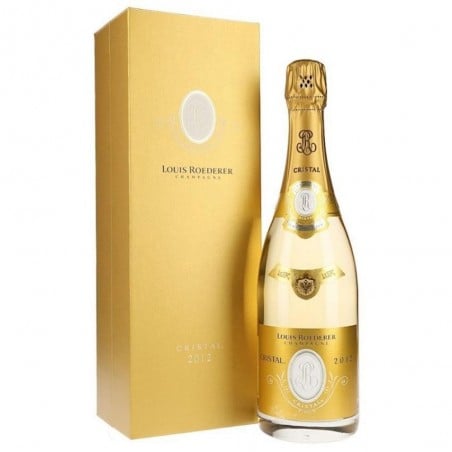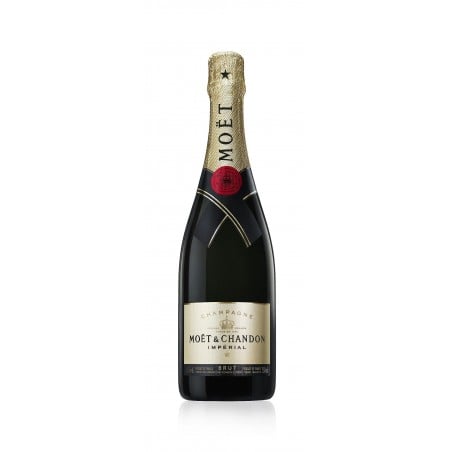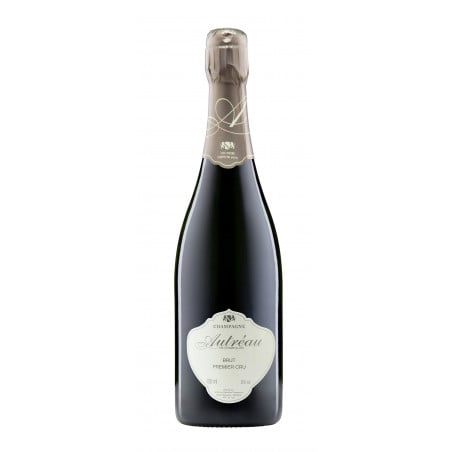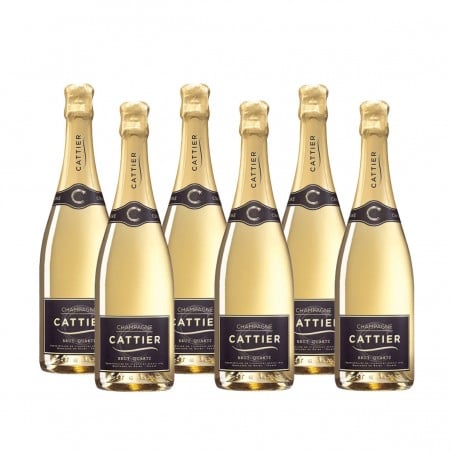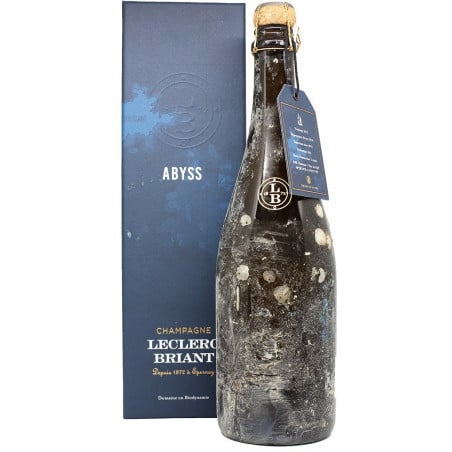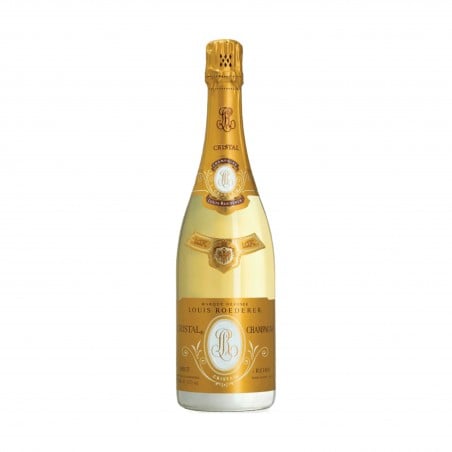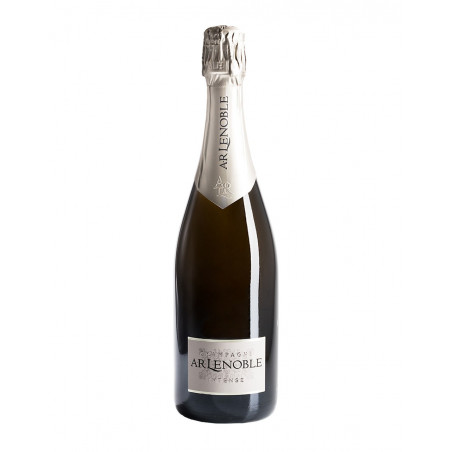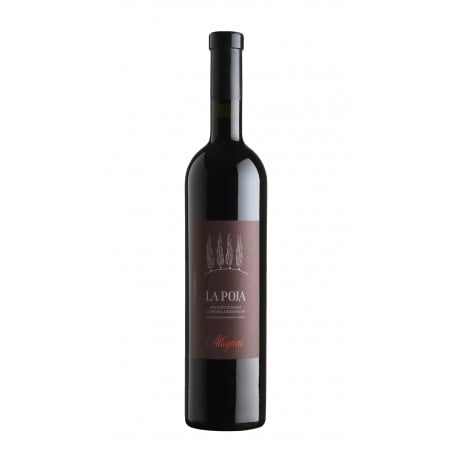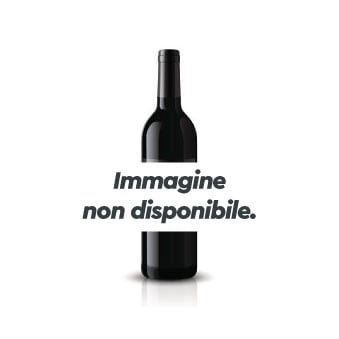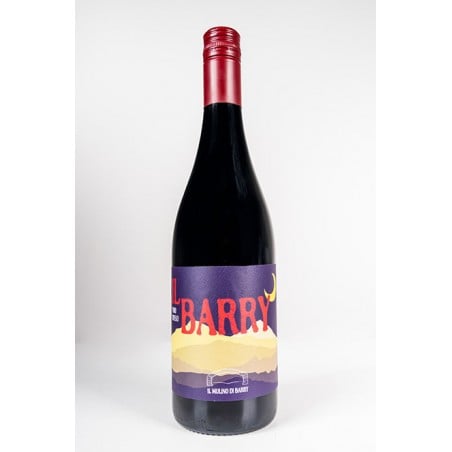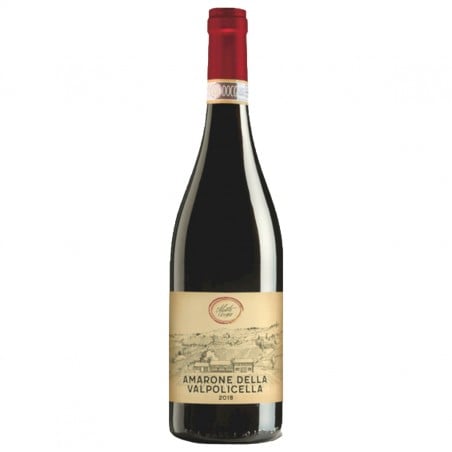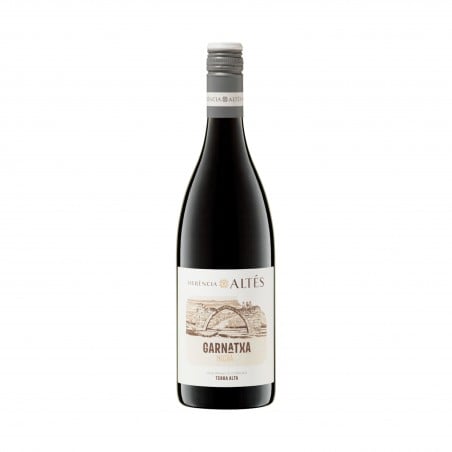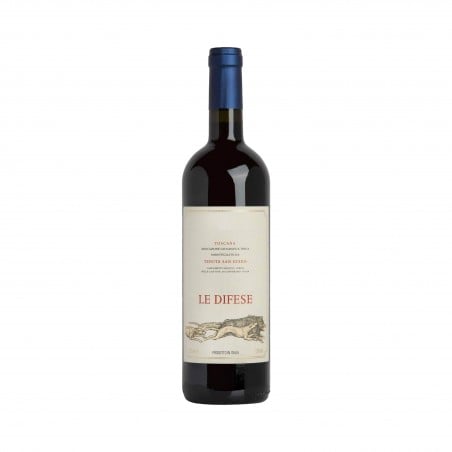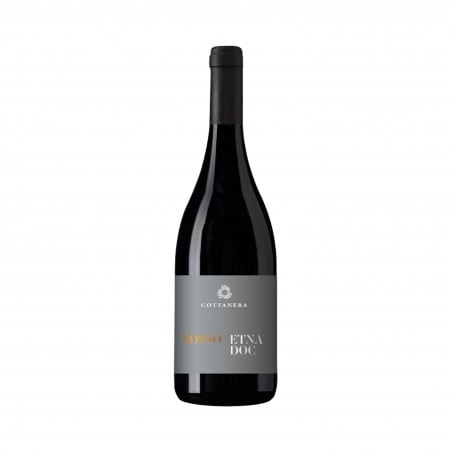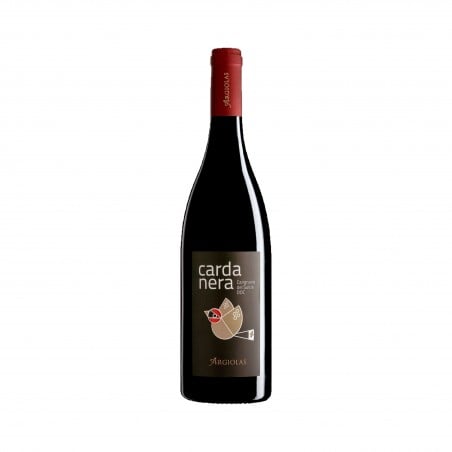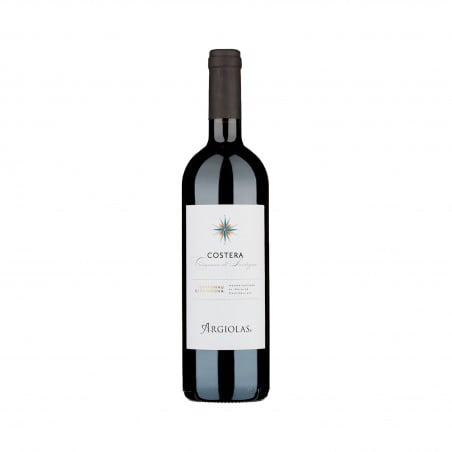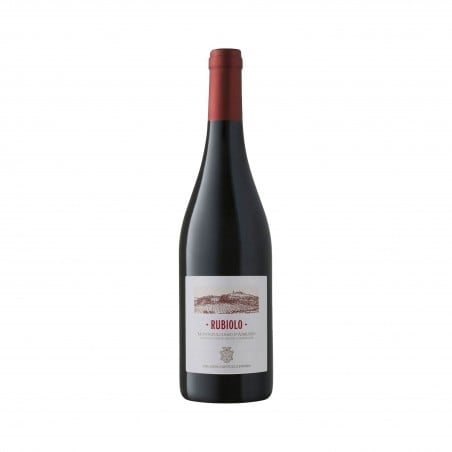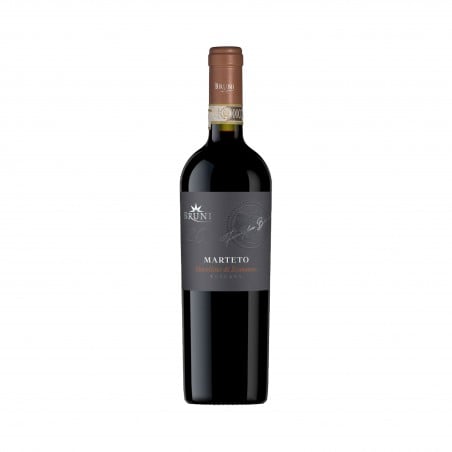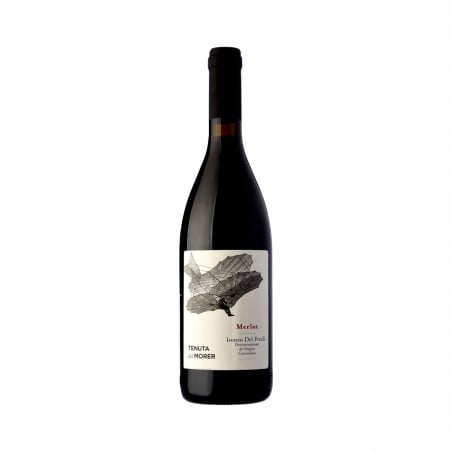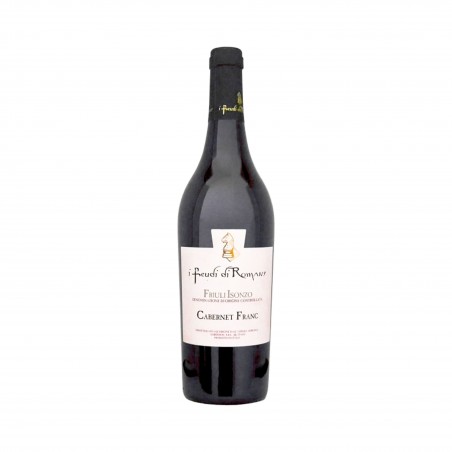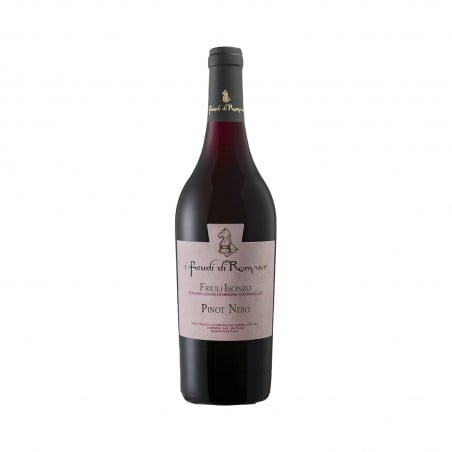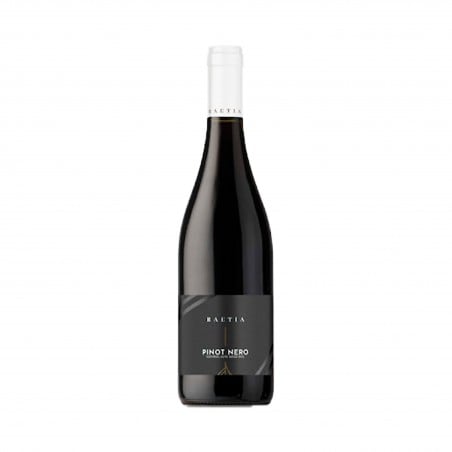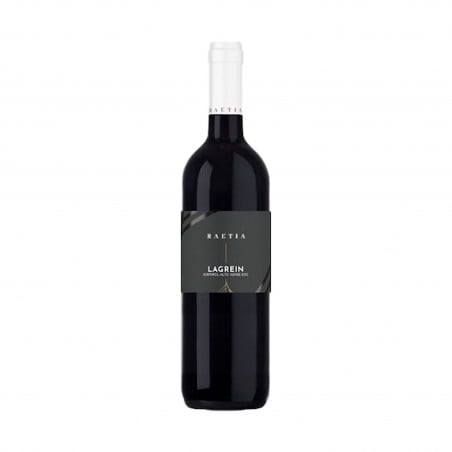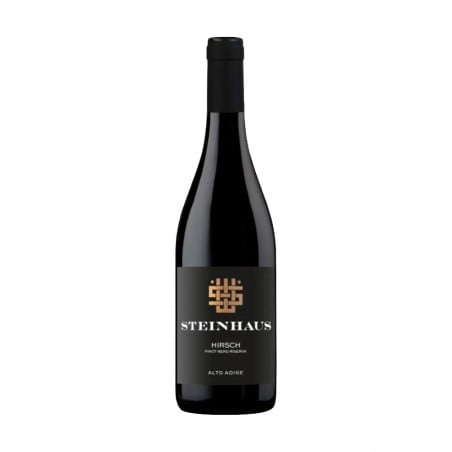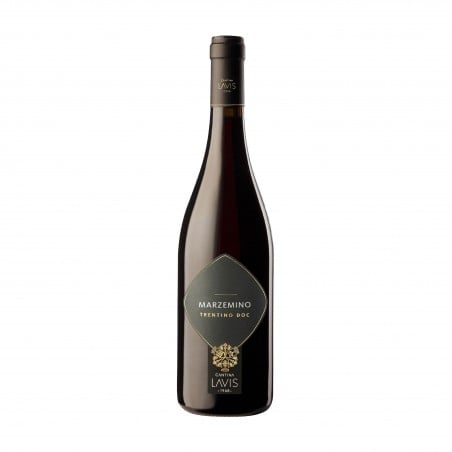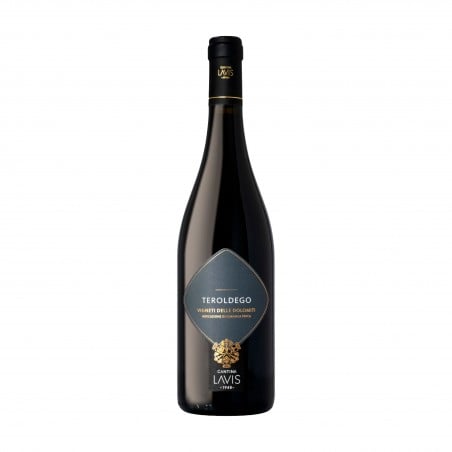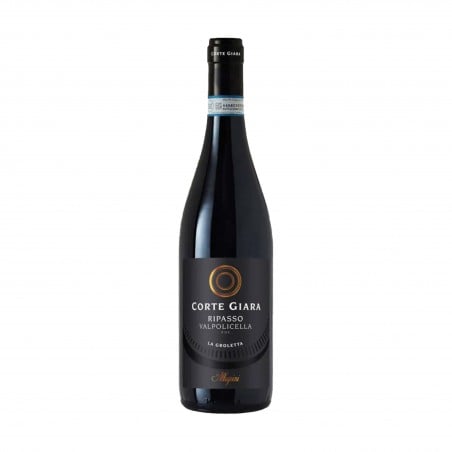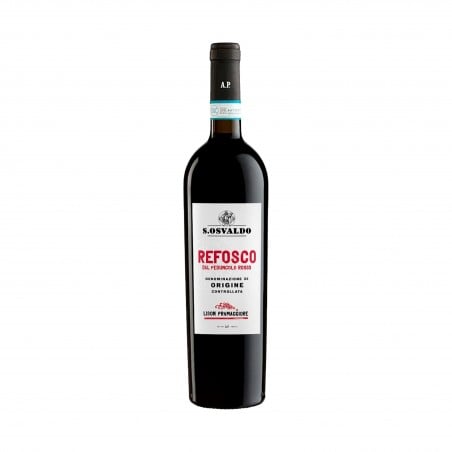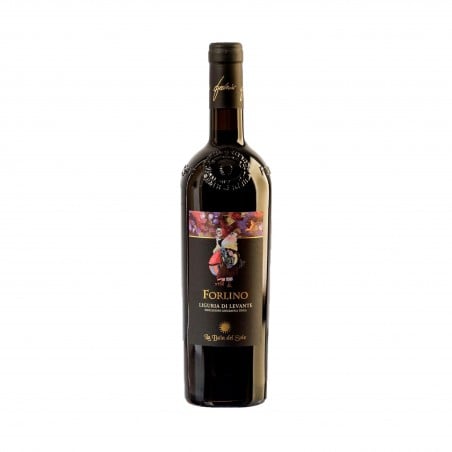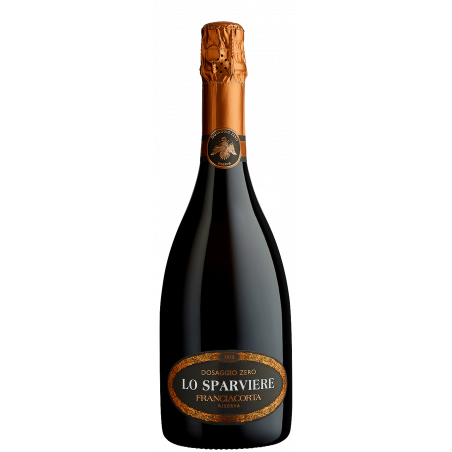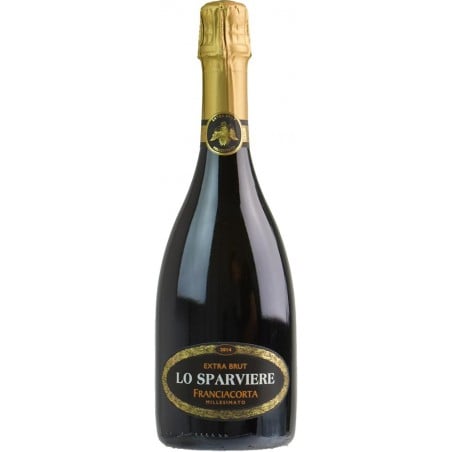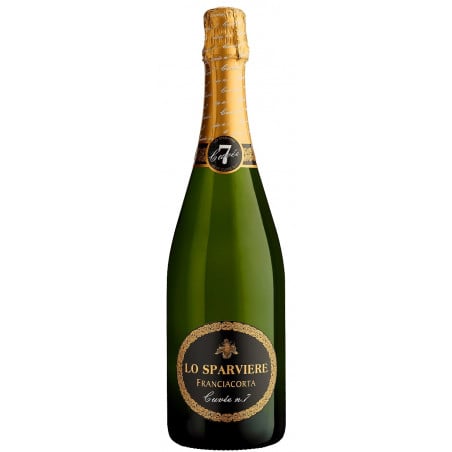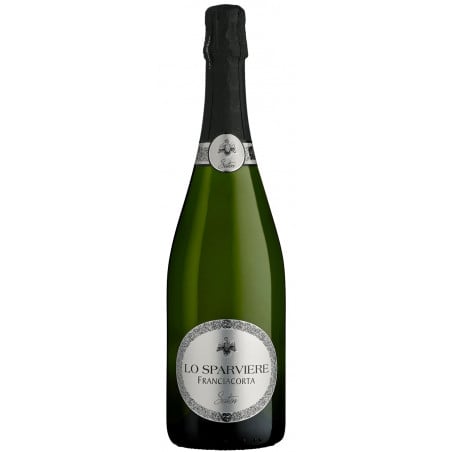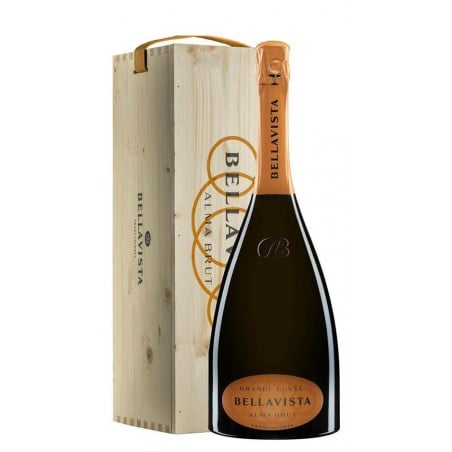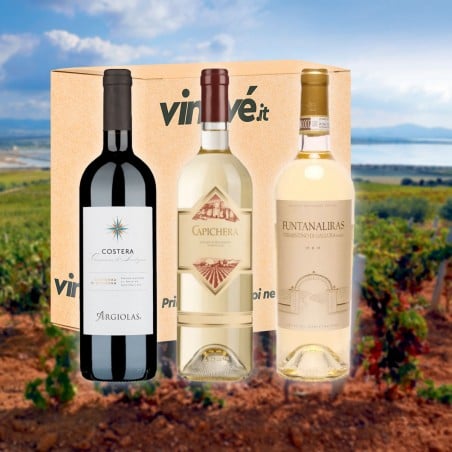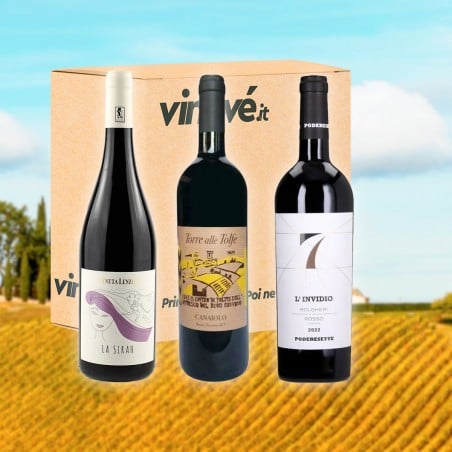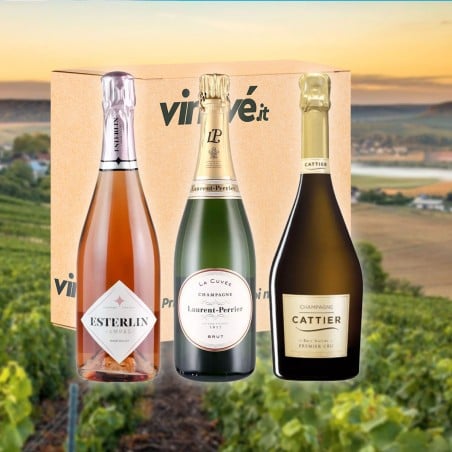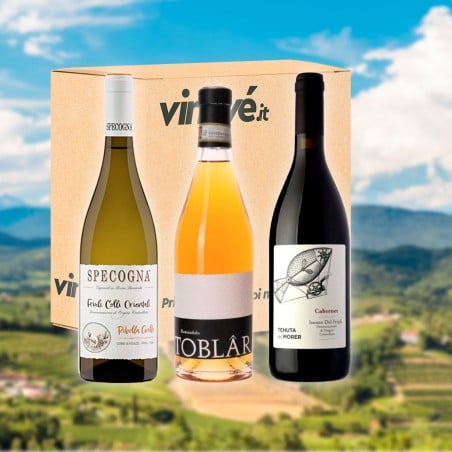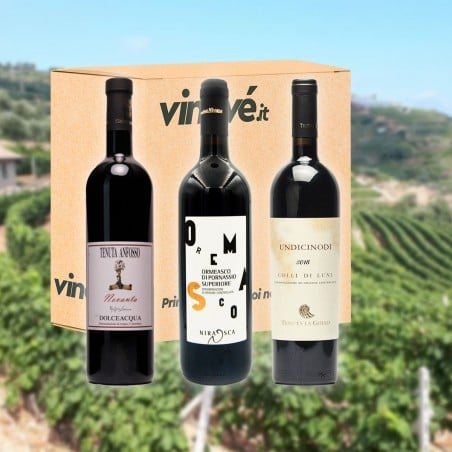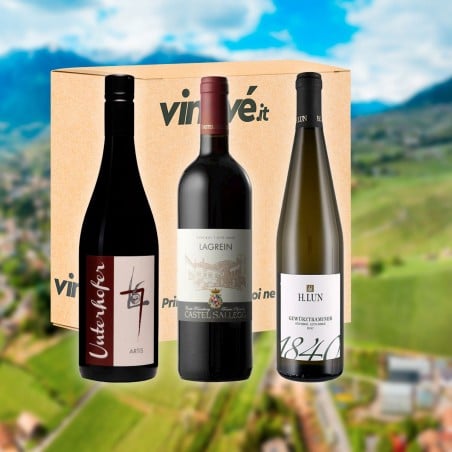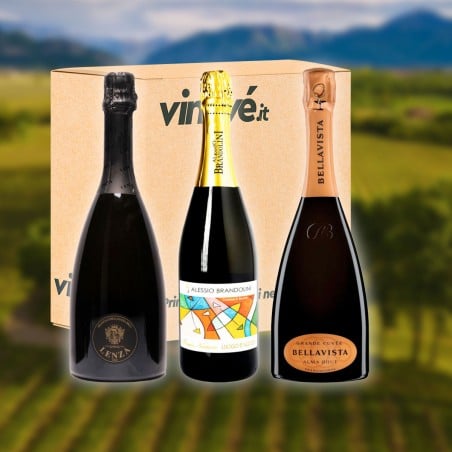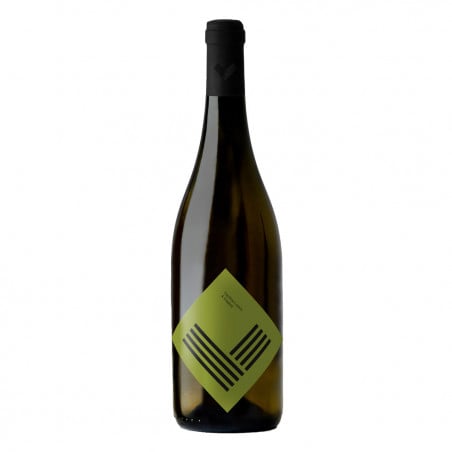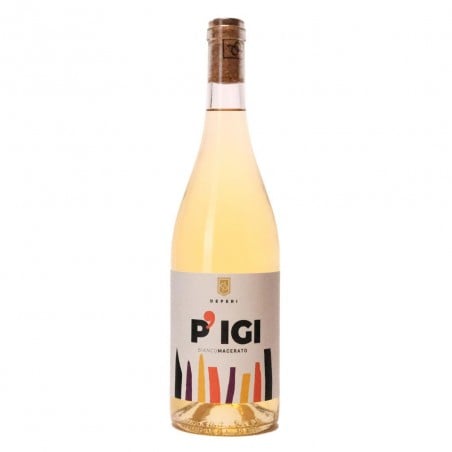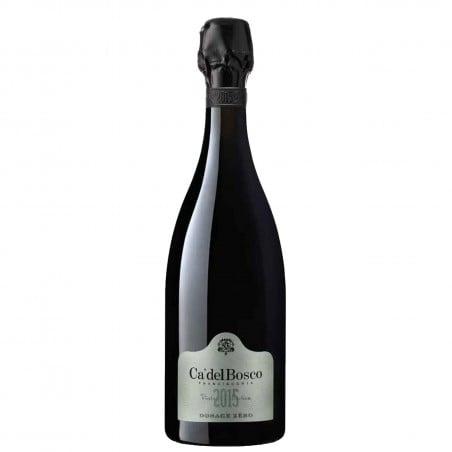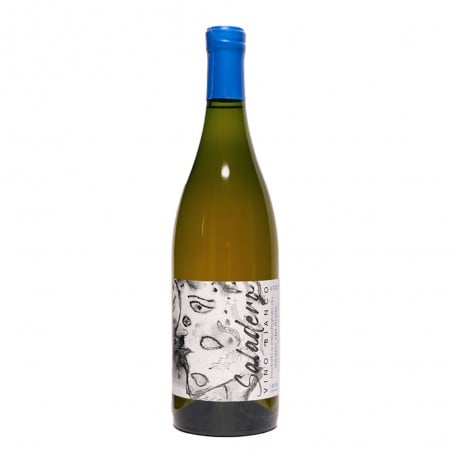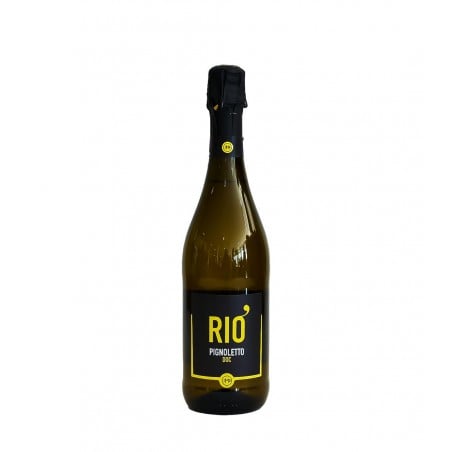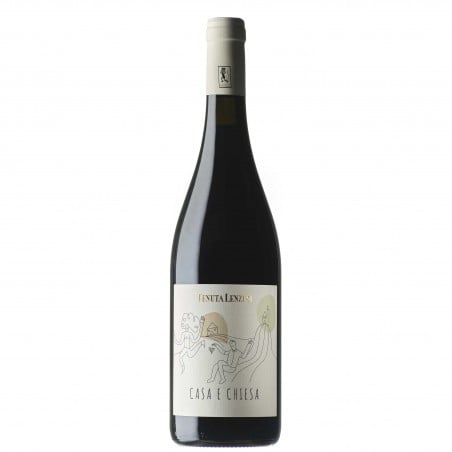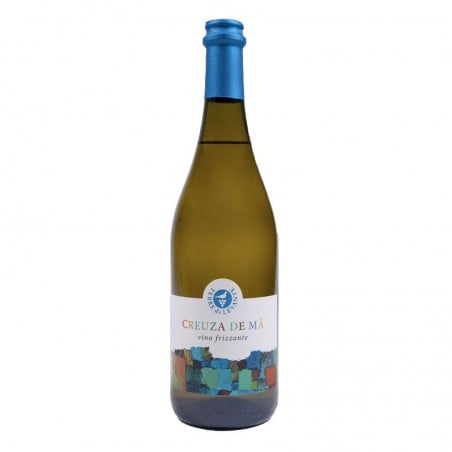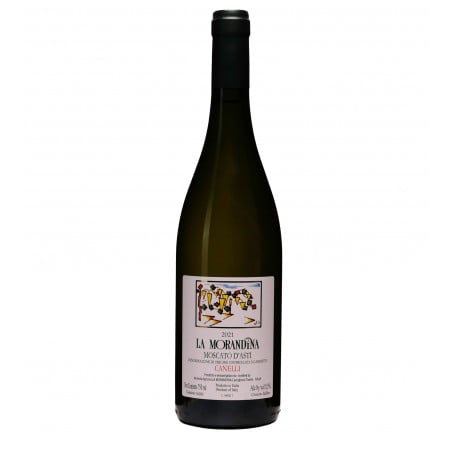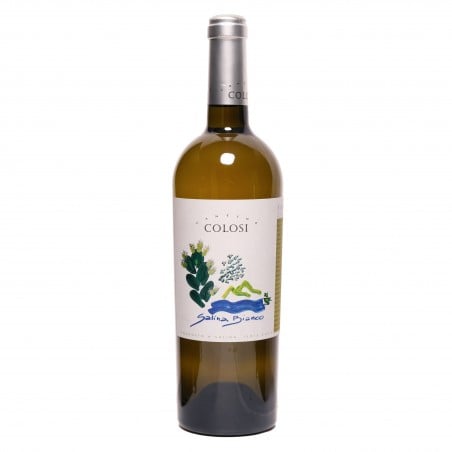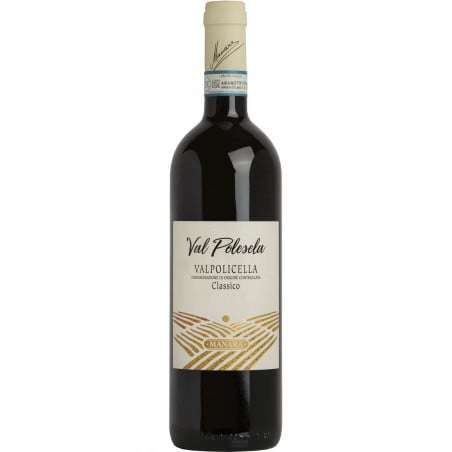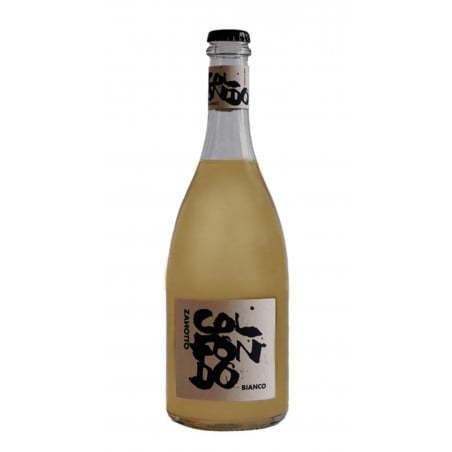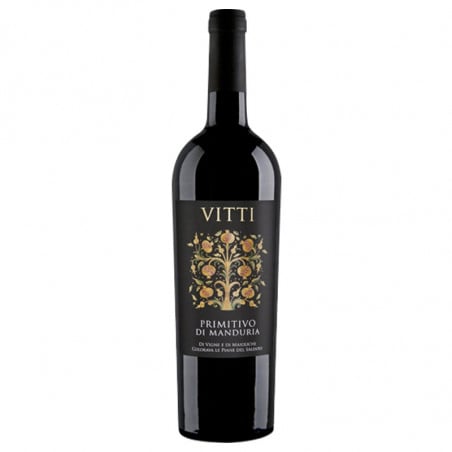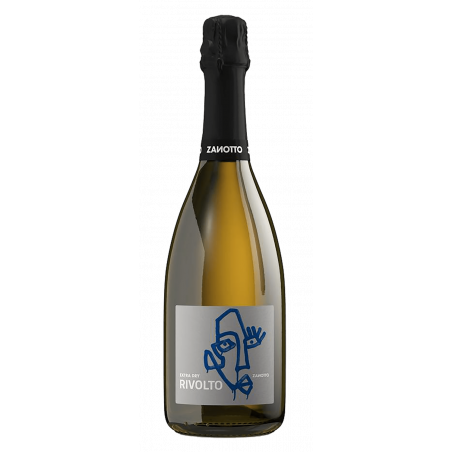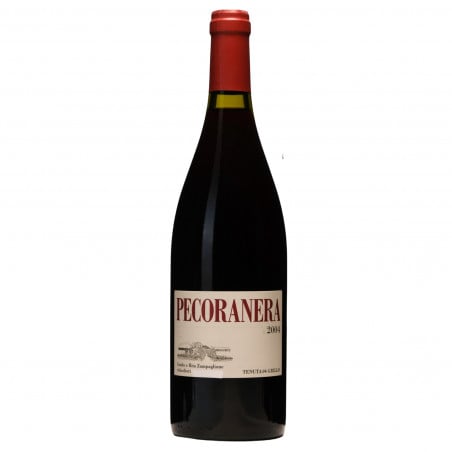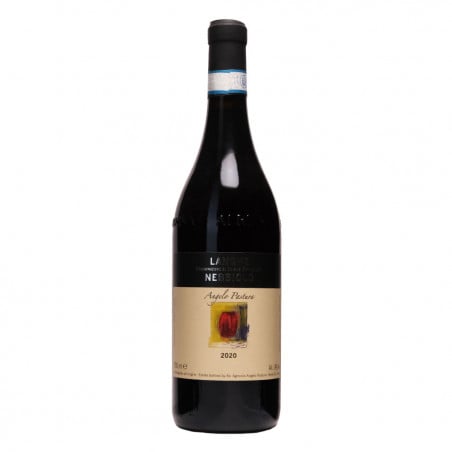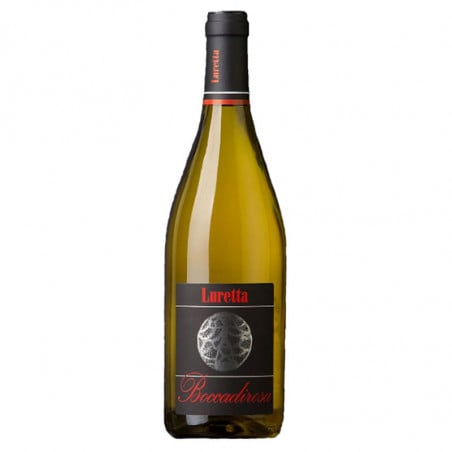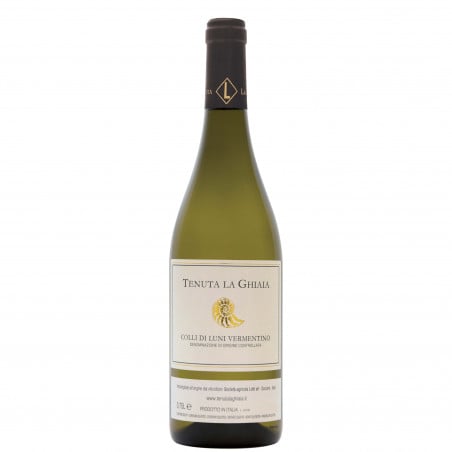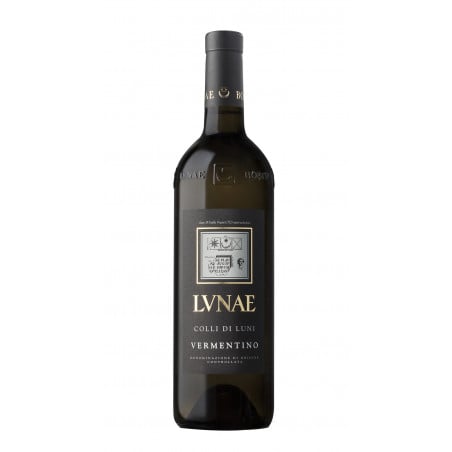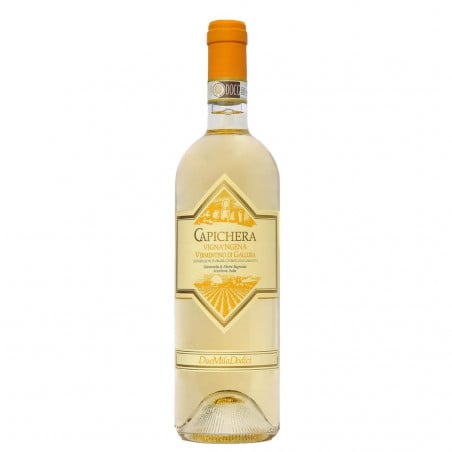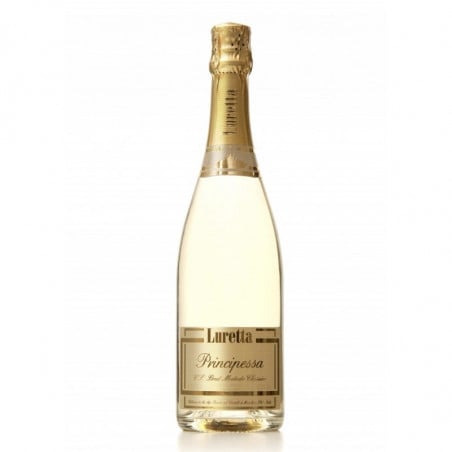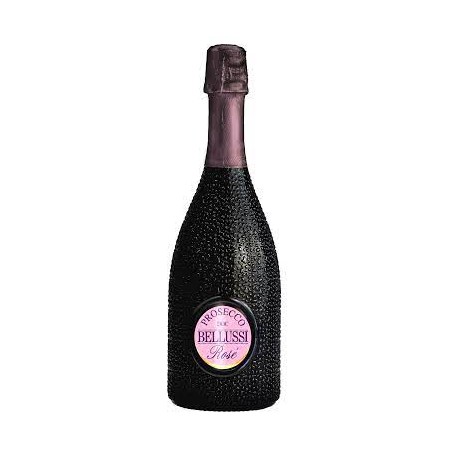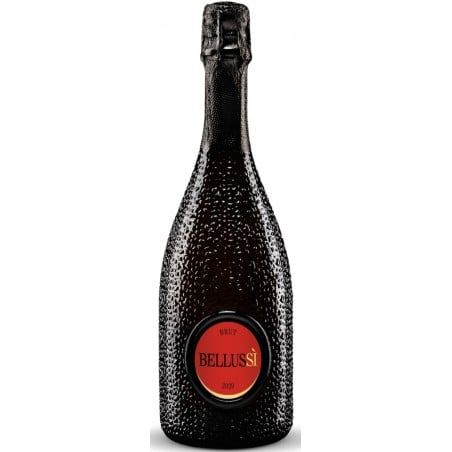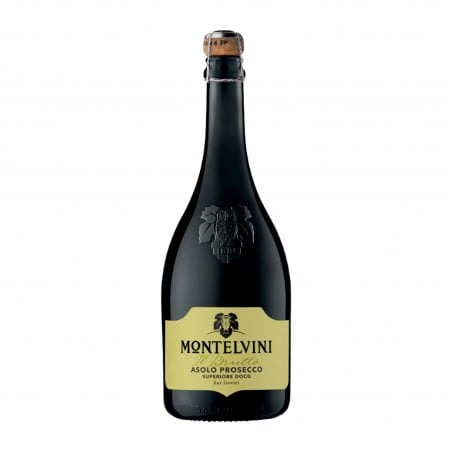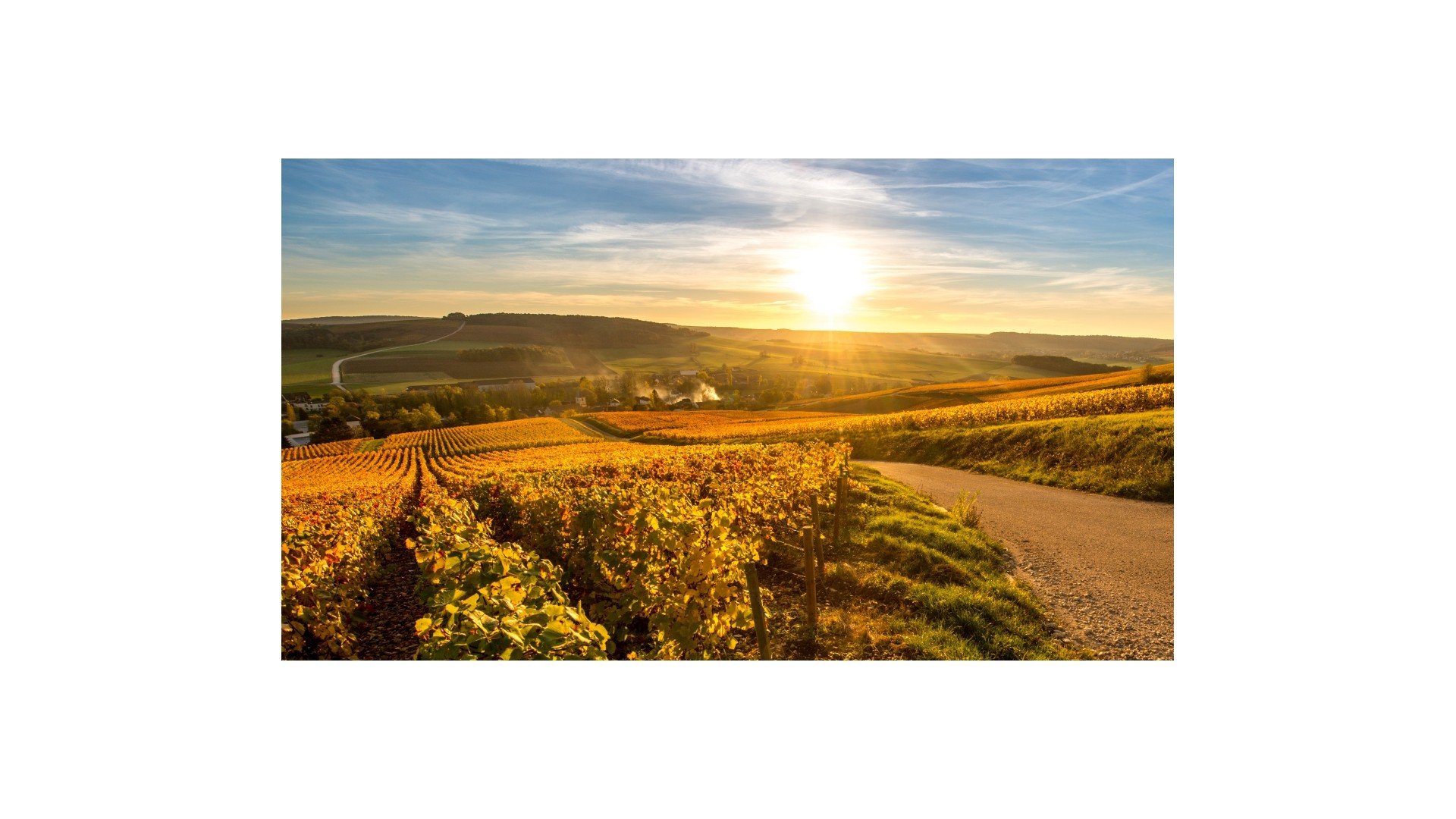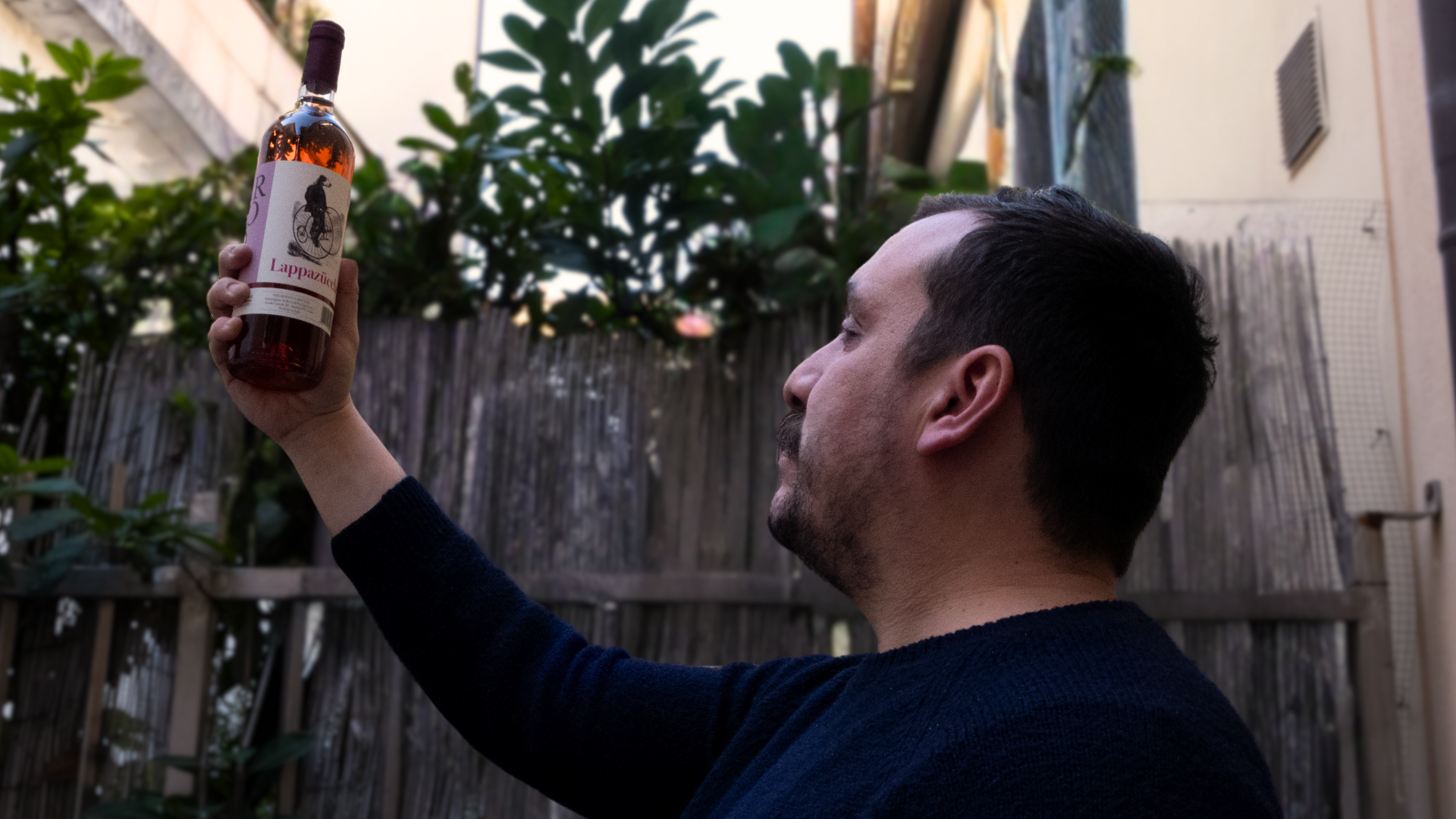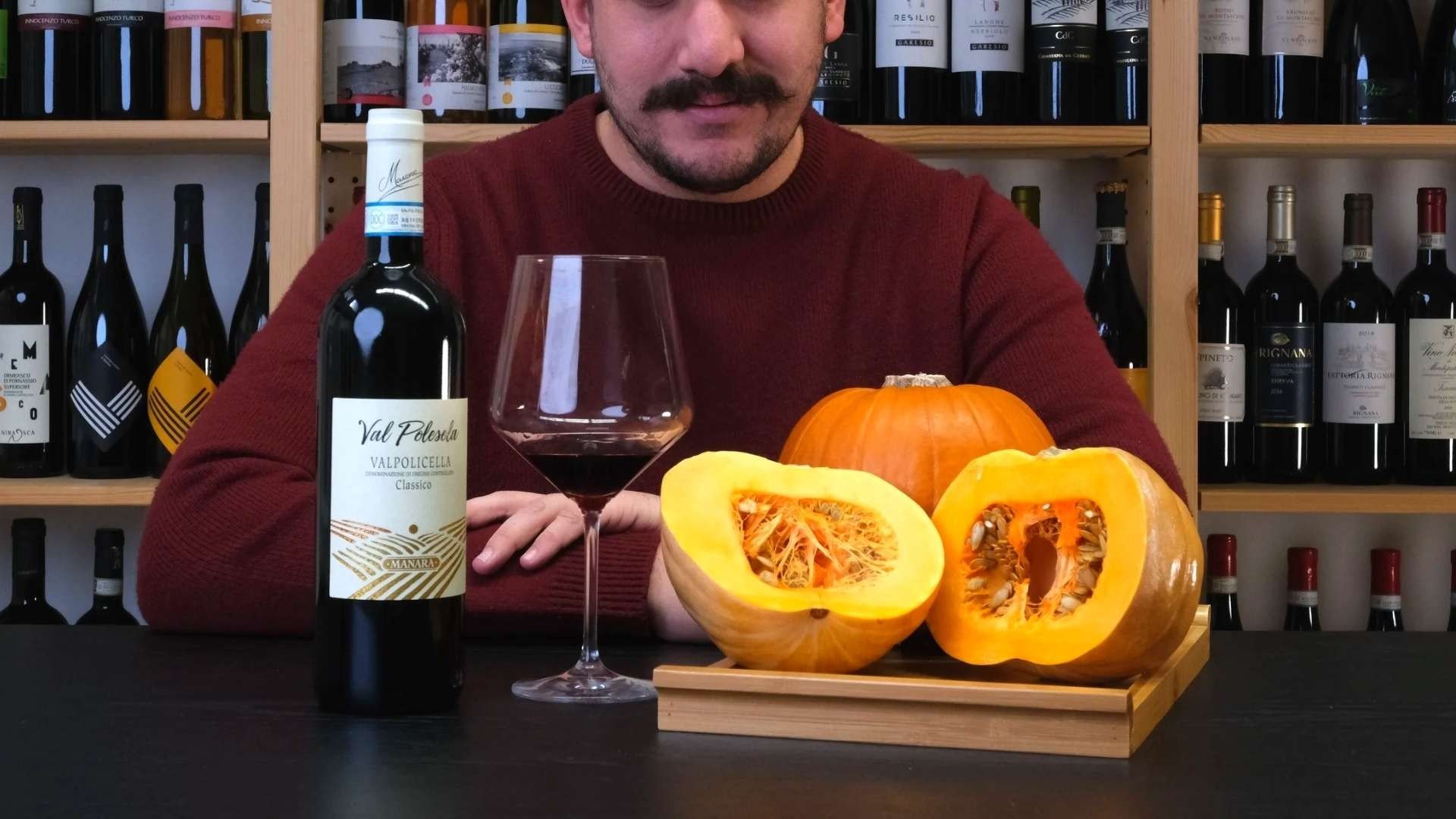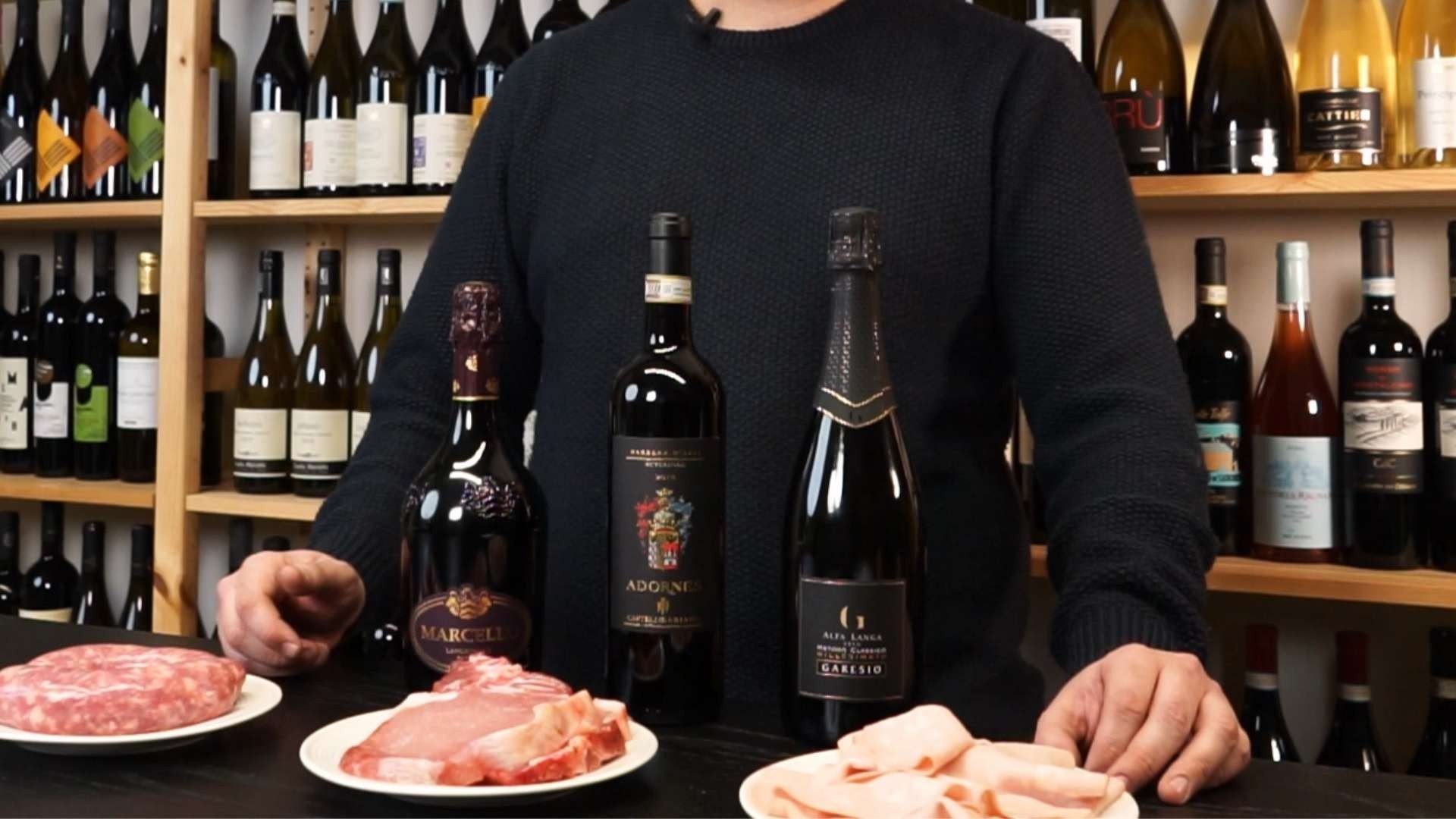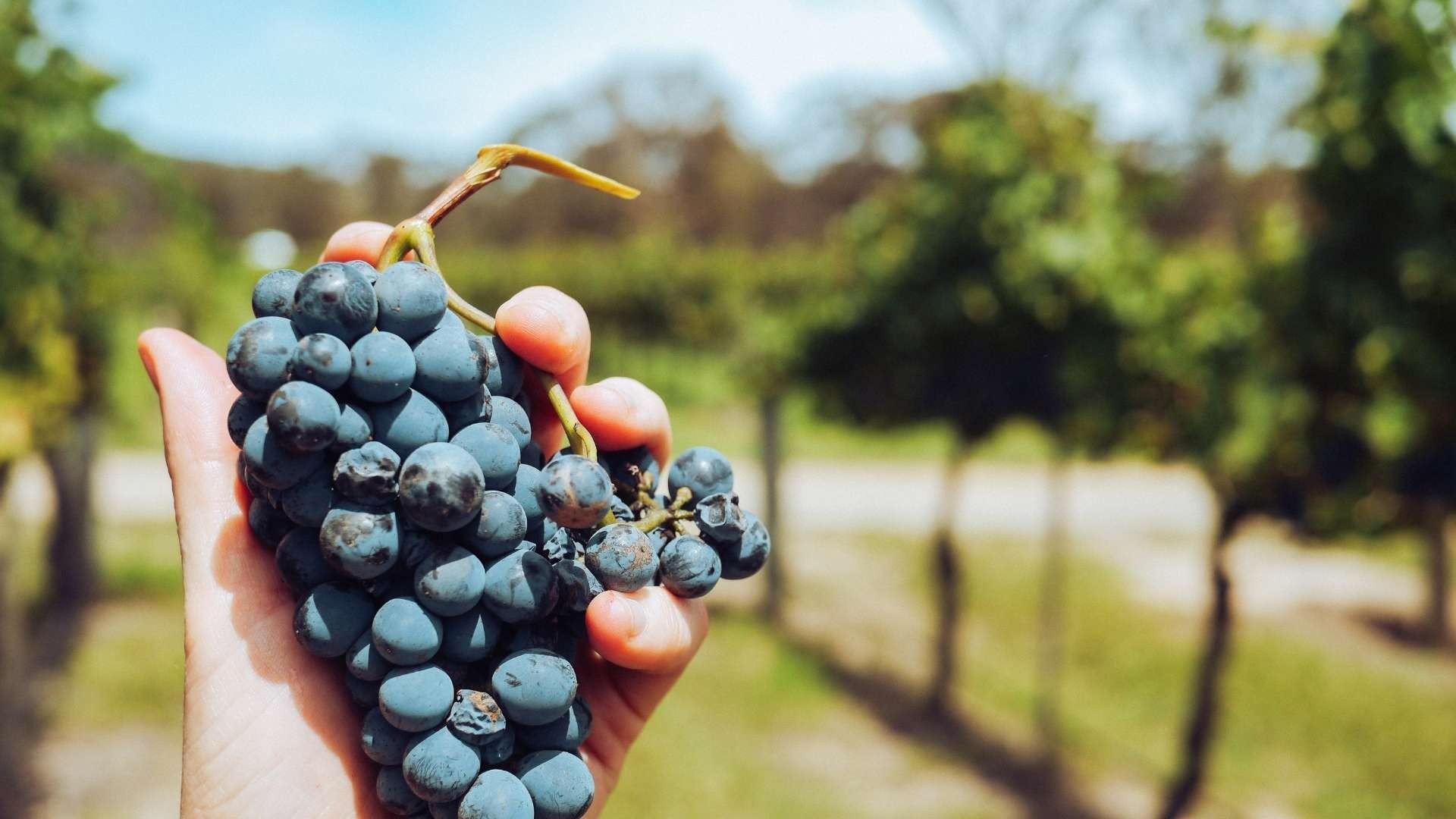Vini selezionati dal sommelier N°1 d’Italia

Premio Guida Michelin 2021, Matteo Circella.
Ho selezionato personalmente le bottiglie su Vinové per regalarti momenti veri, da bere insieme.
Prima beviamo, poi ne parliamo!
Questo è il nostro motto. Ordina subito ed entra anche tu nella nostra community di appassionati!
Non sai cosa bere? Inizia da Qui!
Se non sai cosa bere, ti guiderò. Se sei indeciso, ti consiglierò. Se già hai le idee chiare, mettimi alla prova!
🌟 Occasioni Speciali
Scegli l'occasione speciale e ti consiglierò cosa stappare!
💰⚡ Flash Sales!
Bottiglie a prezzi incredibili. Solo per pochissimi giorni! Non fartele scappare!
Consigliati da Vinové
Champagne
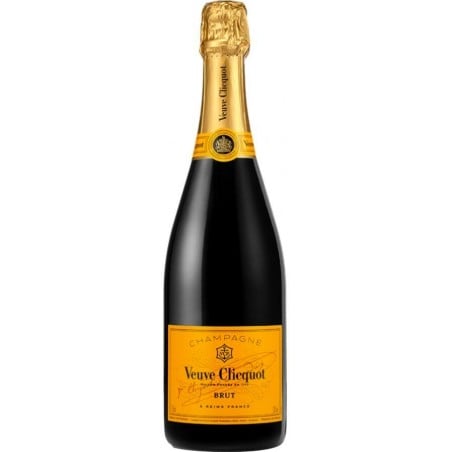
VEUVE CLICQUOT
Champagne Brut Aoc Carte Jaune - Veuve Clicquot
67,00 € -15%
- -15%
🍷 Novità: Rossi!
Una selezione di rossi fantastici. Novità vini di cui non puoi fare a meno.
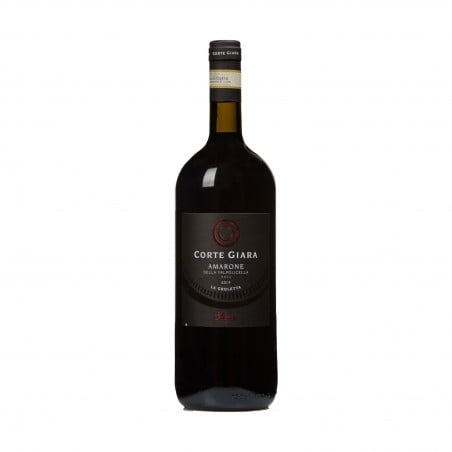
ALLEGRINI
Amarone Della Valpolicella Docg La Groletta Corte Giara Magnum 1.5L - Allegrini
Consigliati da Vinové
Franciacorta
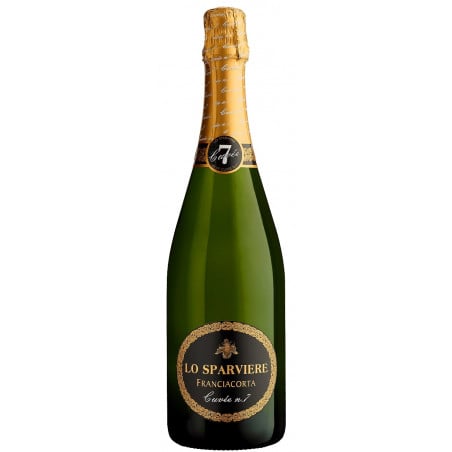
LO SPARVIERE
Franciacorta Brut Docg Cuvée 7 Magnum 1.5L - Lo Sparviere
75,01 € -15%
- -15%
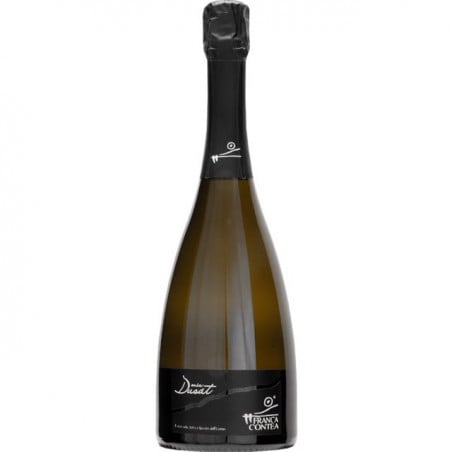
FRANCACONTEA
Franciacorta Dosagio Zero Docg Mia Dusat - Francacontea
23,00 € -15%
- Preferiti
- -15%
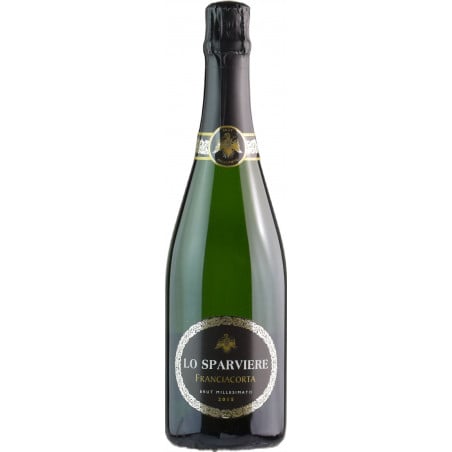
LO SPARVIERE
Franciacorta Brut Millesimato Docg 2015 - Lo Sparviere
27,00 € -20%
- -20%
Peculiarità preferite dai nostri clienti:
🍷🗺️ Box Territori da Bere
La selezione di Box per accompagnarti in un viaggio alla scoperta dei territori più affascinanti, che siano famosi o tra meno conosciuti, tutti votati ad una incredibile esperienza di degustazione.
🤙 I vini per fare colpo di Matteo Circella
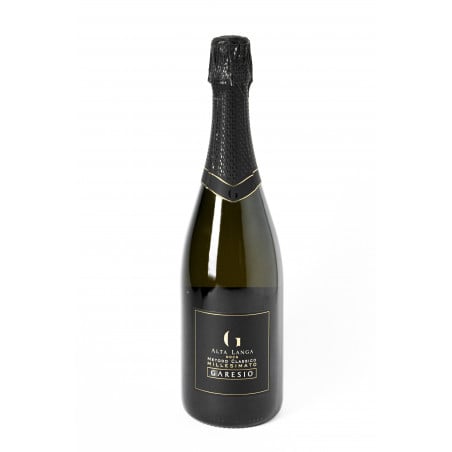
GARESIO
Alta Langa Pas Dose Millesimato Docg 2018 - Garesio
32,00 € -18%
- Chicche
- -18%

Bottiglie speciali, da stappare per fare colpo!
I vini “per fare colpo”: bottiglie speciali, per sorprendere, sorprenderti e avvicinarti a una cultura del vino non convenzionale.
Ti guiderò alla scoperta di questi vini particolari, che imparerai a raccontare, di cui spero come me ti innamorerai.
Dovrai metterti in gioco con queste bottiglie, ma ne varrà la pena! Sei dei nostri?
Consigliati dai clienti
I più venduti di sempre

FRANCACONTEA
Franciacorta Dosagio Zero Docg Mia Dusat - Francacontea
23,00 € -15%
- Preferiti
- -15%
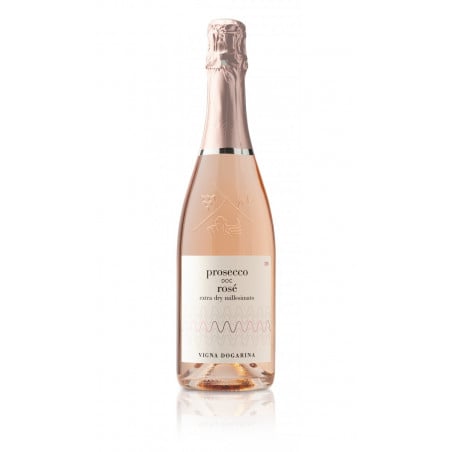
DOGARINA
Prosecco Rosè Extra Dry Millesimato Doc 2023 - Dogarina
10,00 € -10%
- -10%
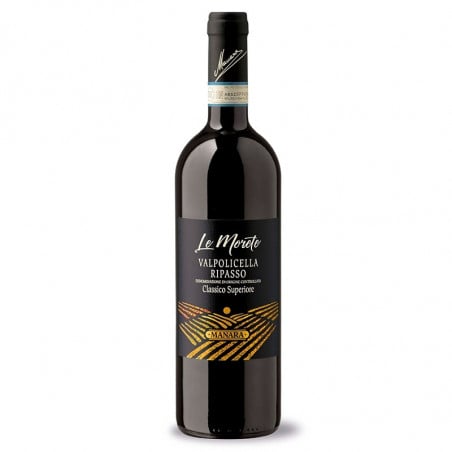
MANARA
Valpolicella Classico Ripasso Dop Le Morete 2022 - Manara
14,01 € -15%
- Preferiti
- -15%
🤙 Speciale PROSECCO
Bollicine per ogni occasione!
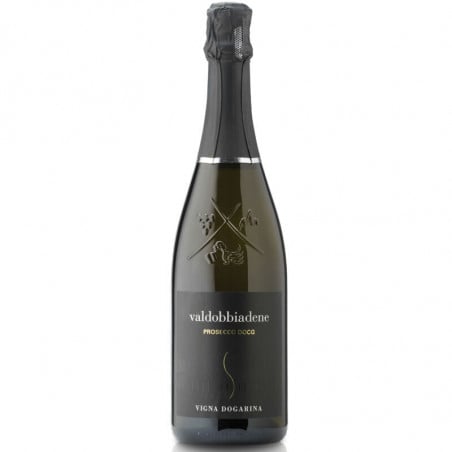
DOGARINA
Valdobbiadene Prosecco Superiore Brut Docg - Dogarina
13,01 € -10%
- -10%
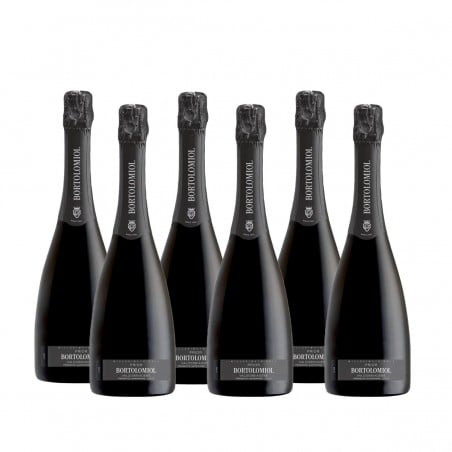
BORTOLOMIOL
Valdobbiadene Prosecco Superiore Brut Docg Prior - Bortolomiol (6 bottiglie)
84,00 € -10%
- -10%
- Pacchetto
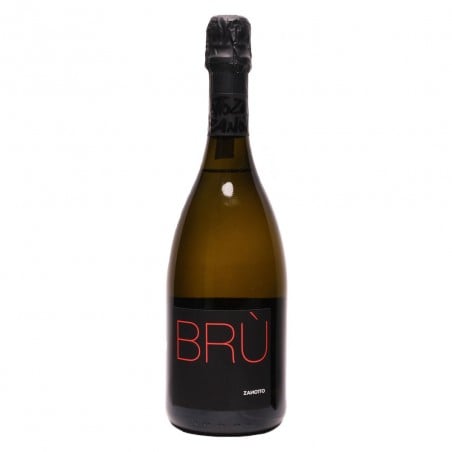
ZANOTTO
Valdobbiadene Prosecco Superiore Brut Docg Brù - Zanotto
19,00 € -30%
- -30%
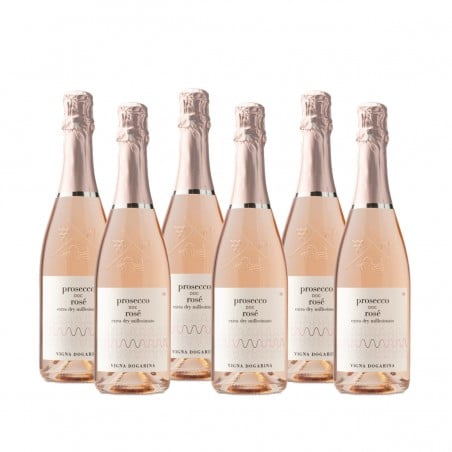
DOGARINA
Prosecco Rosè Extra Dry Millesimato Doc 2023 - Dogarina (6 bottiglie)
60,00 € -10%
- -10%
- Pacchetto
Chi siamo
PARLIAMO COME MANGIAMO. ANZI, COME BEVIAMO.
Vogliamo avvicinare le persone al vino.
Non solo chi già si destreggia tra uve e fermentazioni. Tutte le persone, anche quelle che non se ne intendono, che fingono di capirci qualcosa o che vorrebbero saperne di più.
Bevendo con noi è semplice appassionarti sempre di più alla cultura del vino, acquisire nuove conoscenze e scoprire tutti i segreti di bianchi, rossi e bollicine!
📢 Parlano di Noi
Bevi con Matteo

Che colore ti intriga?
Dove vorresti viaggiare?
Non so cosa bere. Guidami!
Il mio consiglio? Inizia da Qui e ti guiderò alla scoperta delle mie bottiglie preferite.
Bottiglie speciali, accuratamente selezionate per farti conoscere il mio modo di bere il vino, per appassionarti e conquistarti con un calice sempre stimolante e mai banale.
Bevo un Classico.
Amarone, Brunello, Barolo,... Sai già che vuoi un vino classico, di spessore, un vero missile, lasciati consigliare sulle etichette.
Bottiglie accuratamente selezionate, all’altezza dei grandi nomi che portano e delle tue aspettative.
Sorprendimi...
Se sei stanco dei soliti nomi e cerchi è un vino inaspettato, che saprà sorprenderti e lasciarti qualcosa da raccontare e su cui riflettere.
Bottiglie particolari, accuratamente selezionate per lasciare un segno.
























